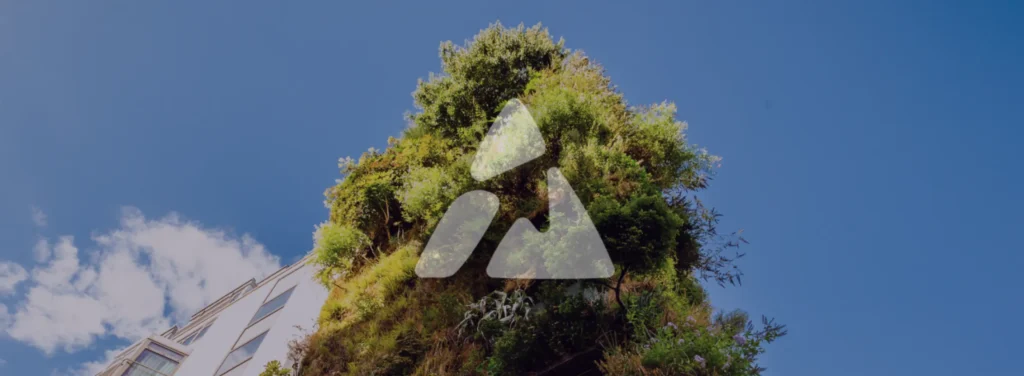Nature-Based Solutions for Urban Biodiversity Revolution
“We cannot live healthy in a sick world.” These words, echoing Pope Francis’ call for integral ecology, frame the urgency of our time. As the founder of Future Food Institute, I’ve dedicated my life to regenerating marginalized and urban landscapes through ecological models that bridge human and planetary health. Cities, often dismissed as biodiversity deserts, are now our greatest untapped frontier — living laboratories where the interplay of nature and human innovation can redefine our future. The challenge? To reimagine urban spaces not as isolated entities but as nodes within bioregions — interconnected ecosystems where ecological, cultural, and economic flows align to sustain life. This is not idealism; it’s survival. Biodiversity is the bedrock of human existence, and cities, paradoxically, may hold the key to its revival.
The Urban Paradox: From Biodiversity Deserts to Evolutionary Arks
Cities are often seen as ecological dead zones, yet emerging research reveals their potential as biodiversity hotspots. While rural areas grapple with industrial agriculture’s monocultural stranglehold — linked to a 75% decline in flying insect biomass in German nature reserves — cities harbor surprising resilience. Recent studies have shown that urban green spaces can support higher bee diversity than pesticide-drenched farmlands, with Hymenoptera thriving in engineered ecotones where green spaces meet urban areas. In Leipzig, for example, edge-rich landscapes boost pollination services by 30%, while Melbourne’s “green laneways” revive native flora3.
But this is no panacea. Lepidoptera and Diptera still struggle in urban settings, a reminder that cities are mosaics of winners and losers. The lesson? Urbanization isn’t inherently destructive — it’s a design challenge. As we rebuild cities, we must prioritize phylogenetic diversity (the evolutionary “family tree” of species), which correlates with ecosystem resilience4. Protecting ancient lineages, such as Euglossine bees, which are critical to Neotropical forests, could help stabilize urban food webs against climate shocks.

